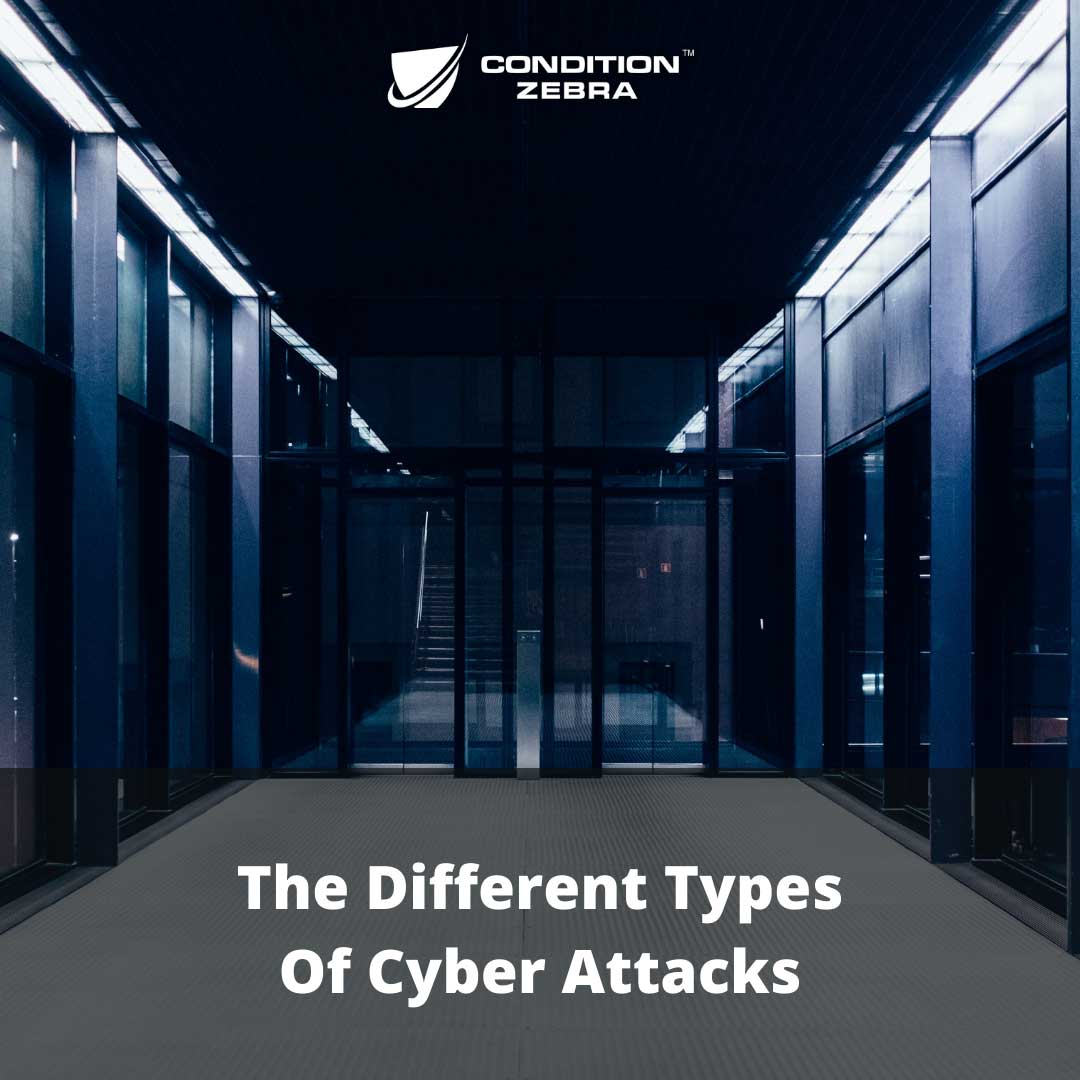
Cyber attacks are on the rise but many of us think we will never fall prey to them.
In this post, we explore the six most common cyber attacks and discuss what you can do to protect your organisation.
1. Malware is a terminology used to describe malicious software. The examples of malicious software are ransomware, spyware, viruses, and worms. Malware breaches a network through vulnerabilities and loopholes, typically when a user clicks on a dangerous link or downloads a malicious email attachment which then installs risky software.
2. Phishing is fraudulent communication to obtain sensitive information like credit card and login information by disguising oneself as a reputable entity, usually through email.
3.Man-in-the-middle (MitM) attacks, also known as eavesdropping attacks, where the attacker secretly relays and possibly alters the communications between two parties who believe that they are directly communicating with each other. Once the attacker intercepts the traffic, they can filter and steal data.
4. A denial-of-service attack floods the bandwidth or resources of a targeted system, usually one or more web servers. As a result, the system is unable to generate legitimate requests. Attackers can also use multiple compromised devices to launch this attack. This is known as a distributed-denial-of-service (DDoS) attack.
5. Cross-site scripting attacks are a type of injection, in which a payload with malicious JavaScript code is injected into a website and the database. When the victim requests a page from the website, the website transmits the page, with the attacker’s payload as part of the HTML body, to the victim’s browser, which executes the malicious script.
6. A Structured Query Language (SQL) injection occurs when an attacker inserts malicious code into a server to bypass application security measures. It will forces the server to reveal information it normally would not. An attacker could carry out a SQL injection simply by submitting malicious code into a vulnerable website search box and add, modify, and delete records in the database.
What You Can Do To Protect Your Organisation
Cyber attacks can cause huge damage to even the most resilient organisation. For those that fall, victim, apart from losing money, cyber-attacks can damage your business’ reputation and erode the trust your customers have for you. Most of the organisations don’t realize that their employees are their weakest link in regard to cybersecurity and often overlook the value of enrolling their employees on cybersecurity training courses.
Organizations should be aware that employees are the ones who possess the privilege for everyday access to many of the organization’s computers, networks and systems, which means they play an important part in building resilience in the threat landscape. In fact, human error is to blame for 88% of data breaches in the UK, according to research by Kroll. With the maturation of the information age, the benefits of investing employee cyber-security training are reaching a point of good returns. How to start finding the best way to start securing your IT infrastructures? You can send us a message to have a FREE consultation with our consultant.
Source: cisco

